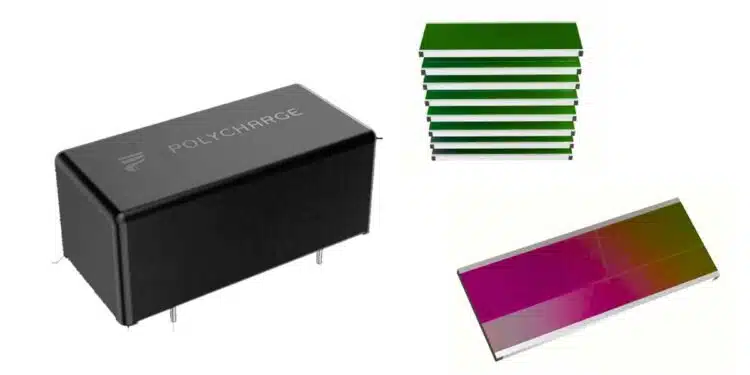PolyCharge America, Inc. is pleased to announce the signing of a Collaborative Research Agreement with Nagoya University to advance power module design through the integration of PolyCharge’s proprietary NanoLam™ capacitor technology.
This partnership will focus on the miniaturization and efficiency improvement of power modules, with research conducted on mounting NanoLam™ film capacitors within power module systems.
The collaboration leverages Nagoya University’s renowned expertise in research and innovation, alongside PolyCharge’s cutting-edge NanoLam™ technology, which offers unparalleled performance in energy density, reliability, and compact design.
“We are thrilled to collaborate with Nagoya University, a world-class institution known for its innovation in science and technology,” said Steven Yializis, Chief Operating Officer of PolyCharge. “This partnership underscores our commitment to pushing the boundaries of capacitor technology and developing advanced solutions that meet the evolving demands of the power electronics industry.”
The collaboration is set to drive the development of advanced, self-healing, high-temperature snubber and decoupling capacitors. These innovations aim to enhance the performance and longevity of power modules by reducing electromagnetic interference and boosting switching efficiency.
PolyCharge will contribute funding, resources, and technical support, while the Nagoya University research team, led by Professor Yamamoto Masayoshi, will provide modeling, simulation, and testing expertise.
“Partnering with PolyCharge provides a unique opportunity to integrate their groundbreaking NanoLam™ technology into new applications,” said Yamamoto Masayoshi, Professor at Nagoya University. “This research collaboration is a step forward in advancing energy-efficient solutions for the global market.”
This partnership not only highlights PolyCharge’s commitment to innovation but also reinforces its role as a leader in advancing capacitor technology for next-generation power electronics. Updates on the progress of this collaboration will be shared as milestones are achieved.































